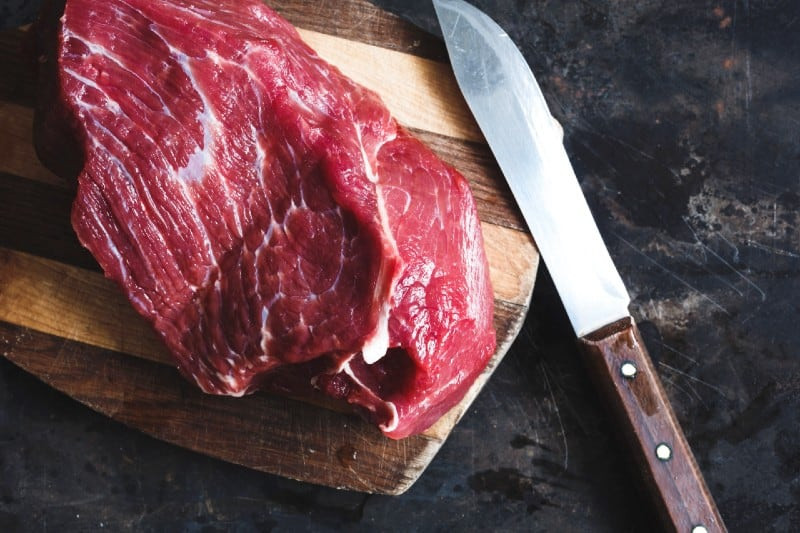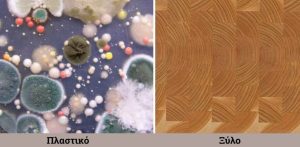
Cutting meat: On wood or plastic?
Wood or plastic? Which material is best for a cutting surface when we want to slice our meat before cooking? This question arose after the development of the chemical industry. Before, no one cared, because everyone used wood, a convenient natural material!
But as plastic began to enter our lives for good and to replace various objects, such as the old familiar wooden cutting board, the question arose as expected: “Which cutting surface is healthier for cutting raw meat?”.
The views that were initially expressed were in favor of the plastic surface! With some food experts, in fact, arguing that wooden cutting surfaces are likely to “host” more bacteria than the plastic ones, after cutting raw meat.
But was this view correct? Relevant scientific research that followed was to prove the exact opposite!
RESEARCH RESULTS HAVE DEFEATED THE FORMER VIEWS
One of them was a study conducted in 2006 by microbiologists at a university in the United States, who wanted to check out which meat cutting boards were left hosting the most harmful microorganisms after they had been washed.
WHAT DID THE EXPERIMENT INCLUDE – WHAT DID THE FINDINGS SHOW?
The first step in the research was to infect a wooden cutting board with 10,000 bacteria – a number 10 times greater than the bacteria found in an infected chicken. Among the bacteria that were cultured and placed on the surface were included some well-known disease-causing bacteria, such as Salmonella, Listeria and E coli.
After three minutes, 99.9% of the bacteria that had been placed on the cutting board had died. Until the next morning, the scientists were not able to detect any live bacteria on the wooden surface. Then the scientists decided to increase the number of bacteria on the surface to over one million bacteria. What they found was that a sufficient number of bacteria had survived, but, again, not for long enough. In less than two hours, 99.9% of the microorganisms had disappeared. And this without the surface being disinfected or washed!
The next step of the research was to repeat the experiment using the plastic cutting surface. The result was that almost all the bacteria that had been placed in the plastic board survived. In fact, the striking thing was that these harmful microorganisms survived even when the plastic surface was washed with soap and hot water. What is more, the number of these microorganisms was large enough to contaminate the meat that was going to be cut next on this cutting board.
The scientific team placed a sufficient number of bacteria on both cutting boards (wooden and plastic) for 3 days in a row, without washing the surfaces between infections. In fact, they made sure that the two surfaces were placed in the same environment of heat and humidity, which resembled those of the kitchen of a restaurant at rush hour. At the end of this three-day experiment, once again 99.9% of the bacteria in the cutting wood had died, while on the plastic one, on the other hand, the bacteria were alive and multiplying.

CONCLUSION: Wooden cutting boards are the healthy choice when we want to cut raw meat. Plastic surfaces are not suitable for cutting meat because they are unhealthy and even dangerous.
ANTIMICROBIAL EFFECT OF WOOD
Scientific research has shown us what most butchers and meat experts know empirically: that wood has antimicrobial effect on bacteria that contaminate food. This applies to all types of wood, whether old or new.
The only case where the antimicrobial property of wood is compromised is when the woof has been iinfiltrated with mineral oils. That is because the wood has in this case been “sealed”, and that makes it act like… plastic!
CONCLUSION
For meat cutting, we always choose a wooden cutting board, which -if possible- we use it exclusively for this reason: cutting and processing raw meat. For the processing of other raw cooking materials, it is better to use a different cutting surface.



